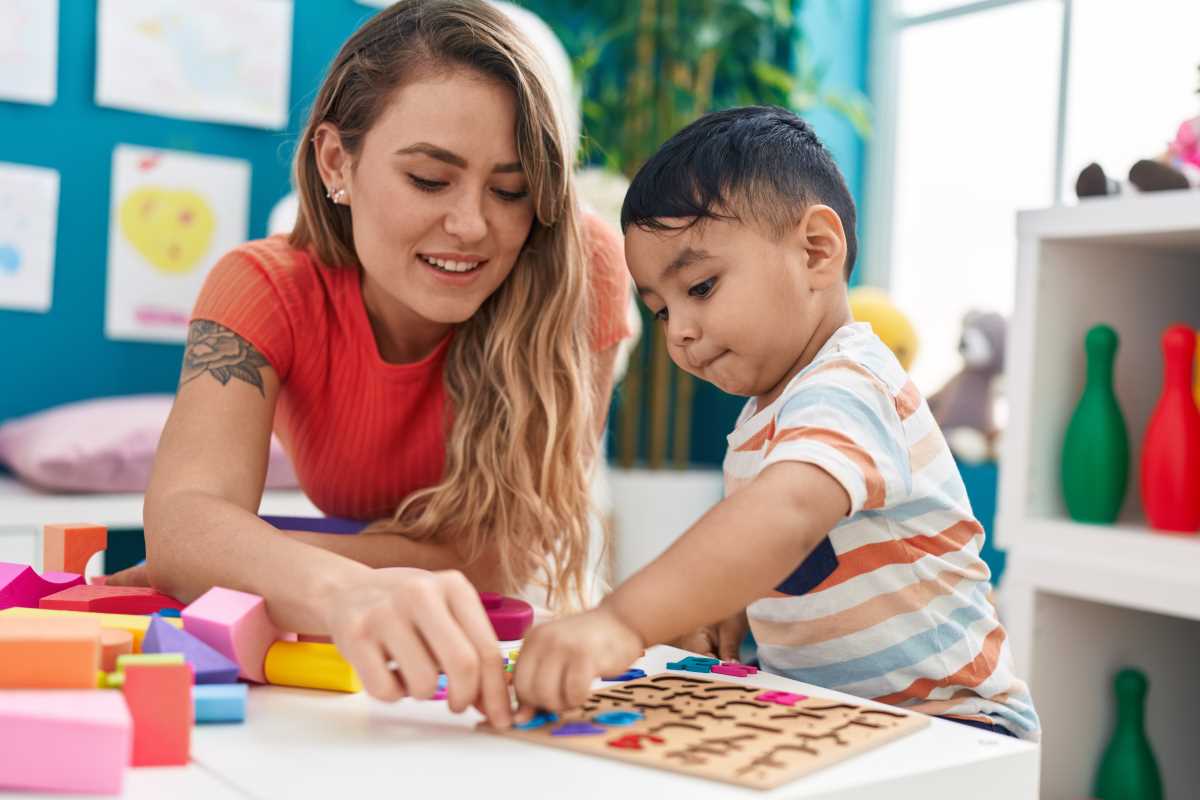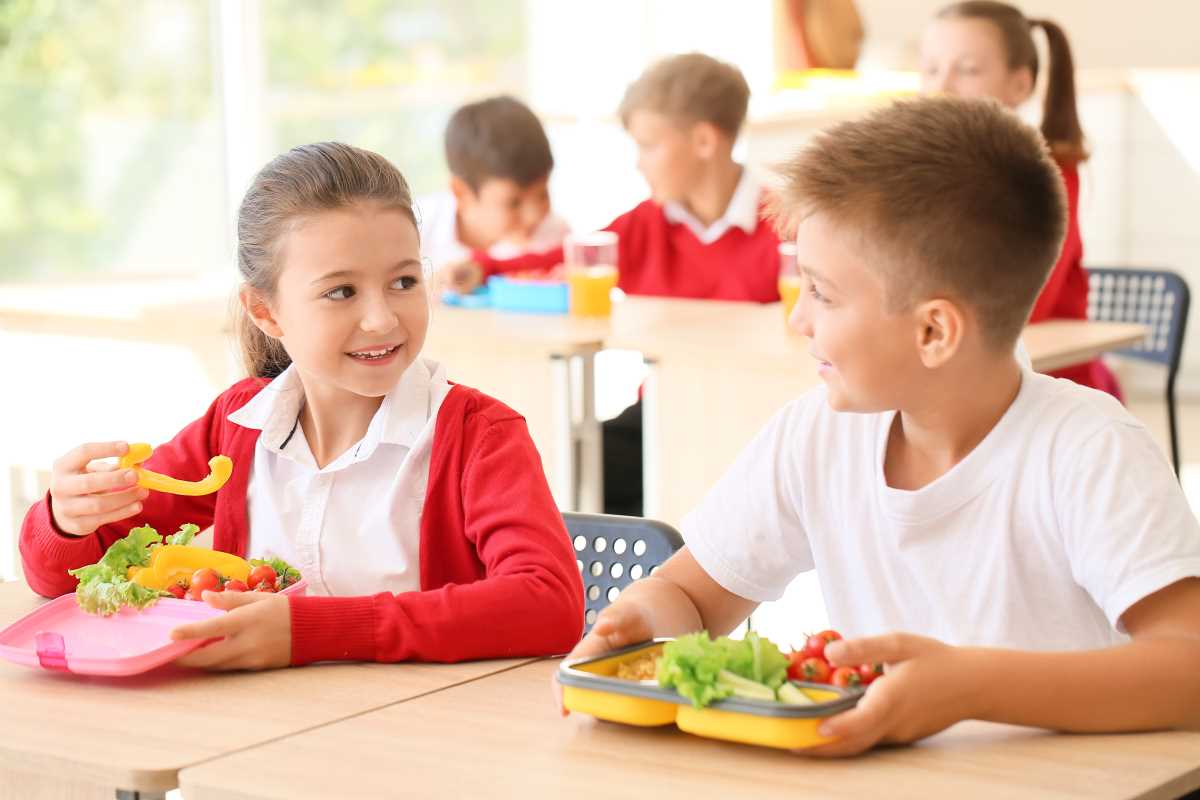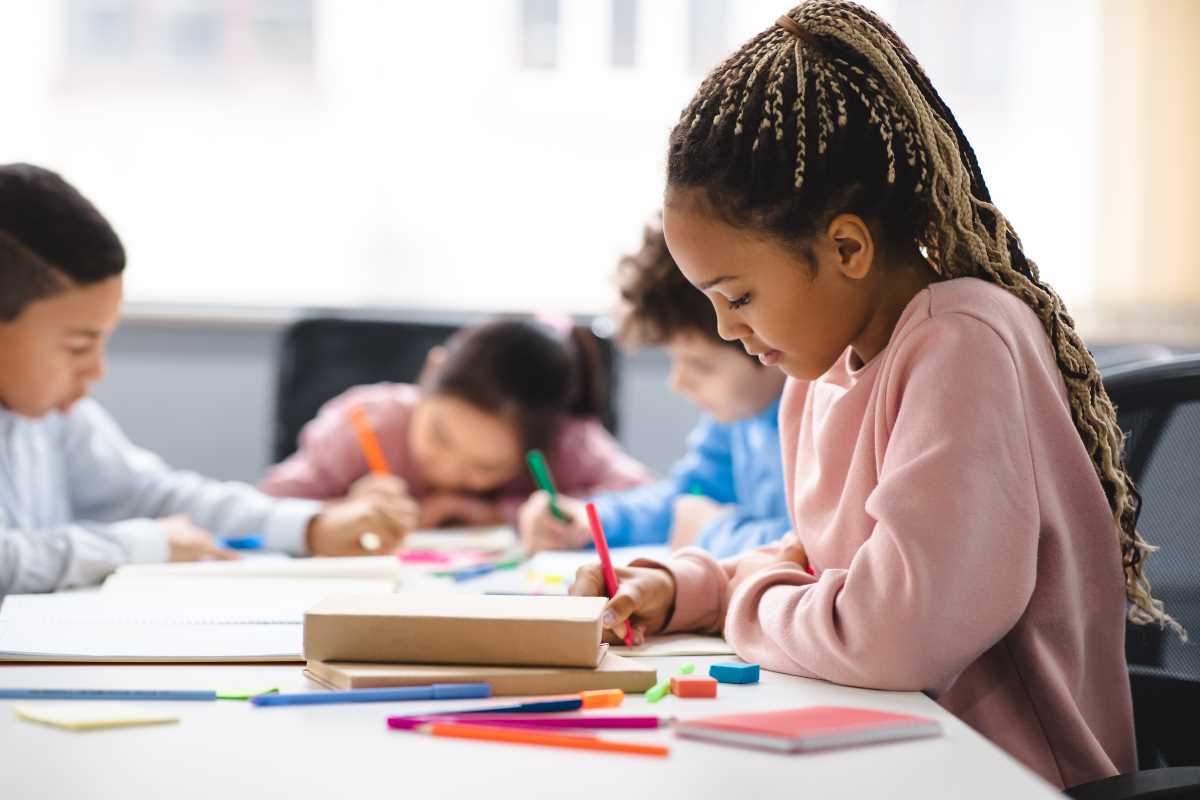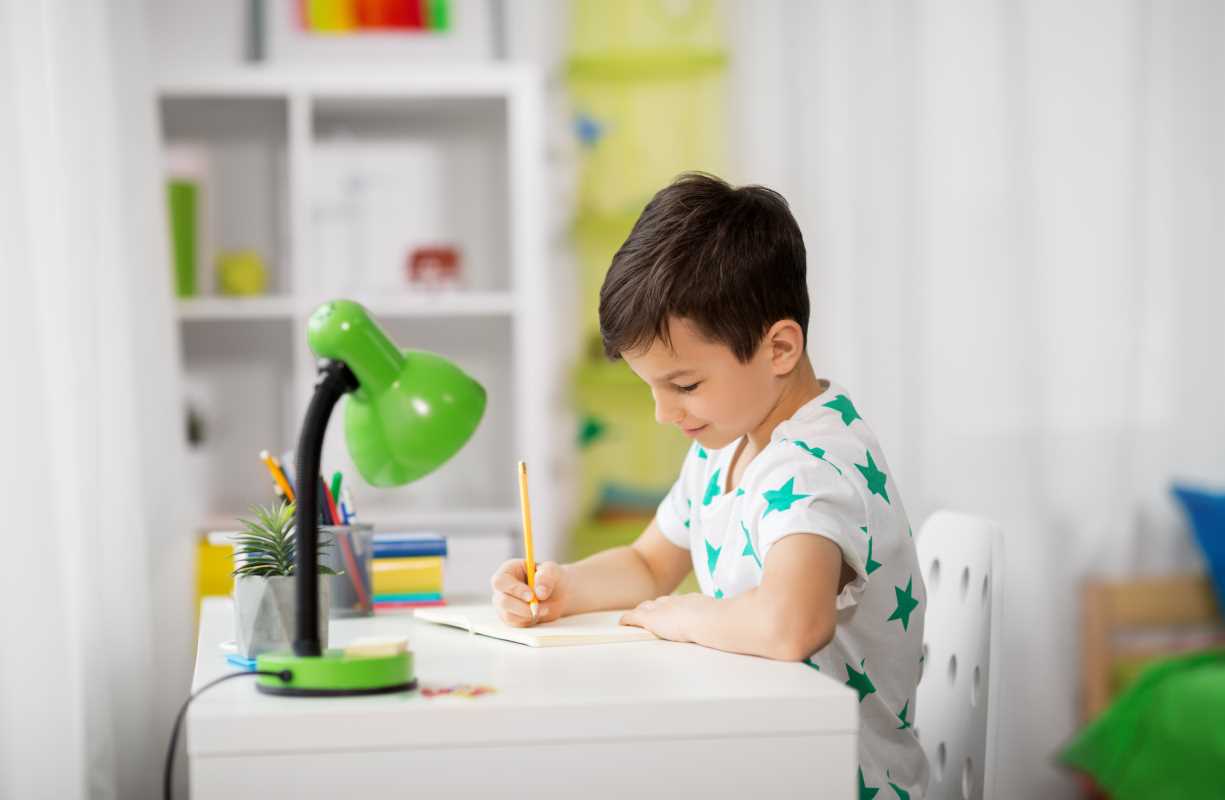Children learn about numbers most effectively when they move around, play, and explore with intention. Everyday routines can become opportunities for counting, sorting, or noticing quantities, which encourages curiosity and develops a strong understanding of basic math. By using their senses—touching, seeing, and hearing—children experience numbers in a fun, hands-on way. These playful encounters help them notice patterns and begin solving simple math problems naturally, often well before they reach first grade. Through active participation and enjoyable activities, kids build a lasting confidence in their math skills as part of their daily lives.
This write-up offers six hands-on ways to weave math into early settings. Each approach includes clear steps, playful twists, and easy-to-find materials. You’ll discover fresh ideas that blend counting, storytime, rhythm, daily routines, and visual aids to bring numbers to life.
Method 1: Hands-On Counting Games
Young learners love challenges they can handle with their own two hands. Set up stations or rotating tables that invite counting, sorting, and matching. Keep these game stations simple but engaging, and swap materials often to maintain interest.
- Bean Bag Toss: Label buckets with numbers. Kids toss bean bags and say the number where each bag lands.
- Pattern Blocks Station: Provide colorful blocks and cards that show simple patterns. Encourage kids to recreate or extend the pattern.
- Nature Counting Tray: Fill trays with leaves, sticks, or stones. Ask learners to count out sets of five or record new collections on a tally chart.
- Card Flip: Use playing cards without face cards. Students draw two cards, add the values, and collect points for correct sums.
Rotate these games weekly and swap materials. This keeps counting fresh and allows children to practice grouping and basic arithmetic while staying motivated.
Method 2: Incorporate Numbers into Storytime
You can add a mathematical twist to favorite tales and captivate kids with adventures that include counting or sequencing. This method creates a seamless blend of literacy and numeracy.
- Pick a Story: Choose a picture book that mentions numbers or sequences—like counting characters or events.
- Identify Number Moments: Read through the story and note spots where counting, sorting, or comparing appears.
- Insert Math Prompts: Pause to ask learners: “How many frogs jumped on the log?” or “What happens if we add one more friend?”
- Follow Up with an Activity: After reading, set up a matching game that reflects the story’s numbers or patterns.
This approach builds listening skills alongside number sense. Kids stay engaged because they see how math connects to characters they love.
Method 3: Use Music and Movement Activities
Rhythm helps young brains remember counting. Sing songs that highlight numbers, ask kids to clap beats, or march in steps to reinforce one-to-one correspondence. Let children invent their own verses with counting challenges.
Try call-and-response tunes like “Five Little Ducks” or “Ten in the Bed.” Pause at different points and ask learners to take on the counting part. Encourage them to create hand motions that match each number so they practice fine motor skills at the same time.
Method 4: Use Daily Routines for Math Lessons
Routine moments naturally lend themselves to math lessons. Snack time, clean-up, and lining up all involve counting, measuring, and sorting. Teachers or caregivers can narrate each step with number talk to make math visible.
For example, during snack time, ask a child to pass out plates to six classmates. Encourage them to group crackers by fives or count spoons of yogurt. When cleaning up, challenge them to sort toys by size or shape, then count each group. These efforts turn chores into small math activities.
Method 5: Use Visual Aids and Manipulatives
Concrete objects help children understand abstract ideas. Stock your shelves with number lines, counting cubes, and fraction circles. Visual representations guide learners as they explore addition, subtraction, and early multiplication.
Create a “math wall” where number lines and pictorial charts stay on display. Rotate manipulatives like color-coded counters or stacking rings. Encourage kids to use these tools during free play or guided lessons. They’ll start making connections between numbers on a page and objects in their hands.
Method 6: Outdoor Numeracy Adventures
Going outside turns math into an adventure. Go on a shape hunt around the playground, counting how many triangles hide in one slide or how many steps lead to the sandbox. You can also measure with footprints—estimate how many “big kid steps” cover the field.
Set up simple obstacle courses with numbered stations. At each stop, kids solve a quick counting task—jump rope ten times or sort leaves into groups of three—before moving on. This activity combines gross motor skills with number challenges, all while children burn energy and stay engaged.
Using these six methods helps children build confidence in math and see numbers as part of their world, not just symbols on a page.
 (Image via
(Image via





